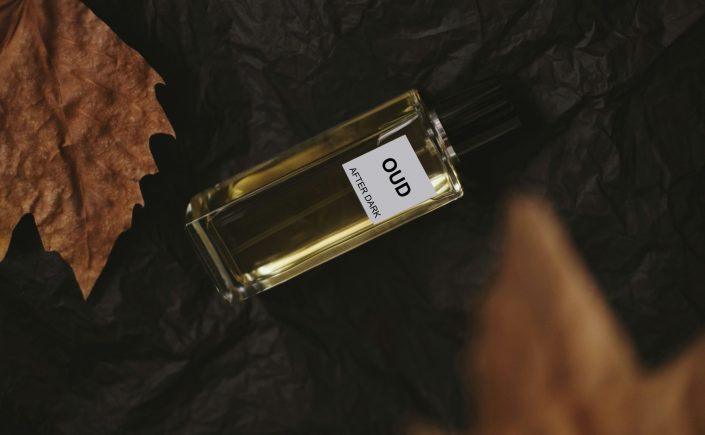Oud fragrances have been gaining popularity in recent years, with many perfume brands incorporating this exotic and aromatic ingredient into their creations. The unique and rich scent of oud appeals to a diverse range of fragrance enthusiasts, contributing to its increasing popularity in the perfume industry.
In the world of perfumery, certain ingredients hold a captivating allure, and none more so than oud. Derived from the resinous heartwood of agarwood trees, oud has surged in popularity, leaving an indelible mark on the fragrance landscape. This blog post explores the mystique surrounding oud and delves into some intriguing facts that make this fragrance ingredient truly unique.
1. The Origin of Oud:
Oud, also known as agarwood or aloeswood, originates from the Aquilaria tree, which is native to Southeast Asia. The formation of oud is a fascinating natural process – when the tree undergoes infection or stress, it produces a dark, aromatic resin as a defense mechanism.
2. Rarity and Scarcity:
One of the reasons oud is highly coveted is its rarity. Only a small percentage of Aquilaria trees produce the coveted resin, making oud a precious and limited resource. The extraction process is meticulous, adding to the exclusivity of oud-based fragrances.
3. Aromatic Complexity:
Oud is renowned for its complex and multifaceted scent profile. Described as woody, sweet, and often with hints of earthiness, oud evolves on the skin, revealing different layers over time. Its ability to interact with the wearer’s body chemistry contributes to the uniqueness of each oud-infused fragrance.

4. Cultural Significance:
Oud has a rich history deeply rooted in various cultures. It has been used for centuries in traditional Middle Eastern perfumery and is often associated with luxury and prestige. The cultural significance of oud adds an extra layer of allure to those who seek perfumes with a touch of heritage.
5. Modern Oud Perfumery:
While oud has historical roots, its resurgence in modern perfumery is noteworthy. Numerous renowned fragrance houses now feature oud in their collections, blending it with other notes to create contemporary and captivating scents. Oud’s versatility makes it a sought-after ingredient for perfumers aiming to craft unique olfactory experiences.
6. Sustainable Practices:
Given the limited availability of natural oud, there is an increasing focus on sustainable practices. Some perfumers use synthetic oud, mimicking the aroma without relying on the rare natural resource. This approach addresses conservation concerns while still allowing fragrance enthusiasts to enjoy oud-inspired scents.
Oud’s rise to prominence in the fragrance world is a testament to its timeless allure and ability to captivate the senses. From its origins in ancient traditions to its modern interpretation in perfumery, oud continues to be a symbol of luxury and sophistication. As fragrance enthusiasts explore the diverse world of scents, oud remains a fascinating and enduring element in the olfactory journey.
Views: 172

